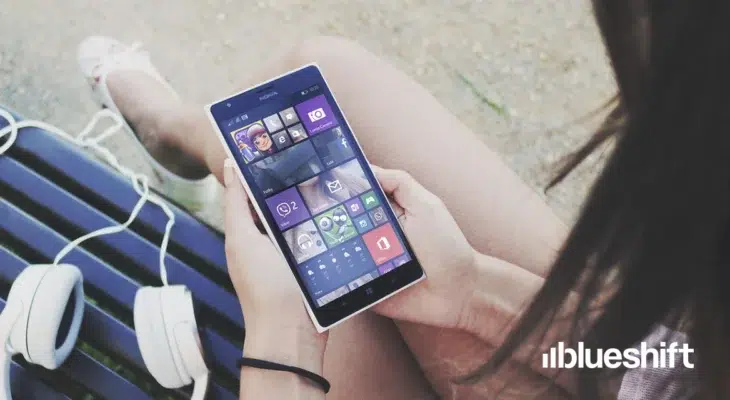In 2014 the number of mobile users exceeded desktop users for the first time, accounting to 52.1% of all online traffic. (IBM report) This marked an important shift for marketers and how they communicate with their customers. The challenge facing them now is how they can deliver the best mobile experience to their customers.
Simplicity for mobile: When designing your app, less words and big buttons mean easy navigation. Keeping forms simple and short adds to a seamless mobile experience. A great example is the simple design of the Sephora mobile app. The main page only has 4 big buttons, and the item page has a big “Add To Basket” button that sits at the bottom of the screen as you navigate the page so you can press it any time you feel and not have to navigate back up to find the button.
Responsive content: A user can be browsing on a tablet, and use their desktop to make a purchase, and check the confirmation email on their phone. It is necessary to have responsively designed website and emails so it responds to any kind of device accessing it.
App benefits: The GPS in phones is a great feature to get creative with. Anything from store proximity offers, to digital loyalty cards showing up on your screen when you are near a store can be a great incentive for customers to make a purchase. Giving special discounts i.e. “Mobile Offers” in the Sephora app is a great incentive for customers to convert.
Meaningful Engagement: Sending your customers personal and relevant content in your text and push notifications makes a meaningful connection with your customers rather than the generic messaging they have grown immune to. Not only can you use their name, but also other attribution like items left in cart, geo targeted promotions or next best product based on their last purchase. Engaging your app audience outside of the shopping experience is also important to maintain customer relationship. A company that does a great job at this is Starbucks, which sends its app holders “song of the week” and “app of the week” every week and the occasional special offers from the store.
Express Line for Mobile: Quick checkout options from PayPal, Apple Pay, Visa, etc. can greatly reduce the checkout time with a mobile device. Including a fast payment method will become a norm in the near future as smartphone users grow year after year.
Social Connectivity: Prompt users to share out on social networks and drive customer engagement with campaigns that let users share content on your app or drive a conversation around a certain product or event. As you drive engagement you also create a loyal customer base that keeps coming back, similar to our example of Sephora.
The mobile market has marked a major shift in the commerce market and is worth paying attention to because this vertical is only going to increase in the coming years, as will the market share for mobile revenue.




